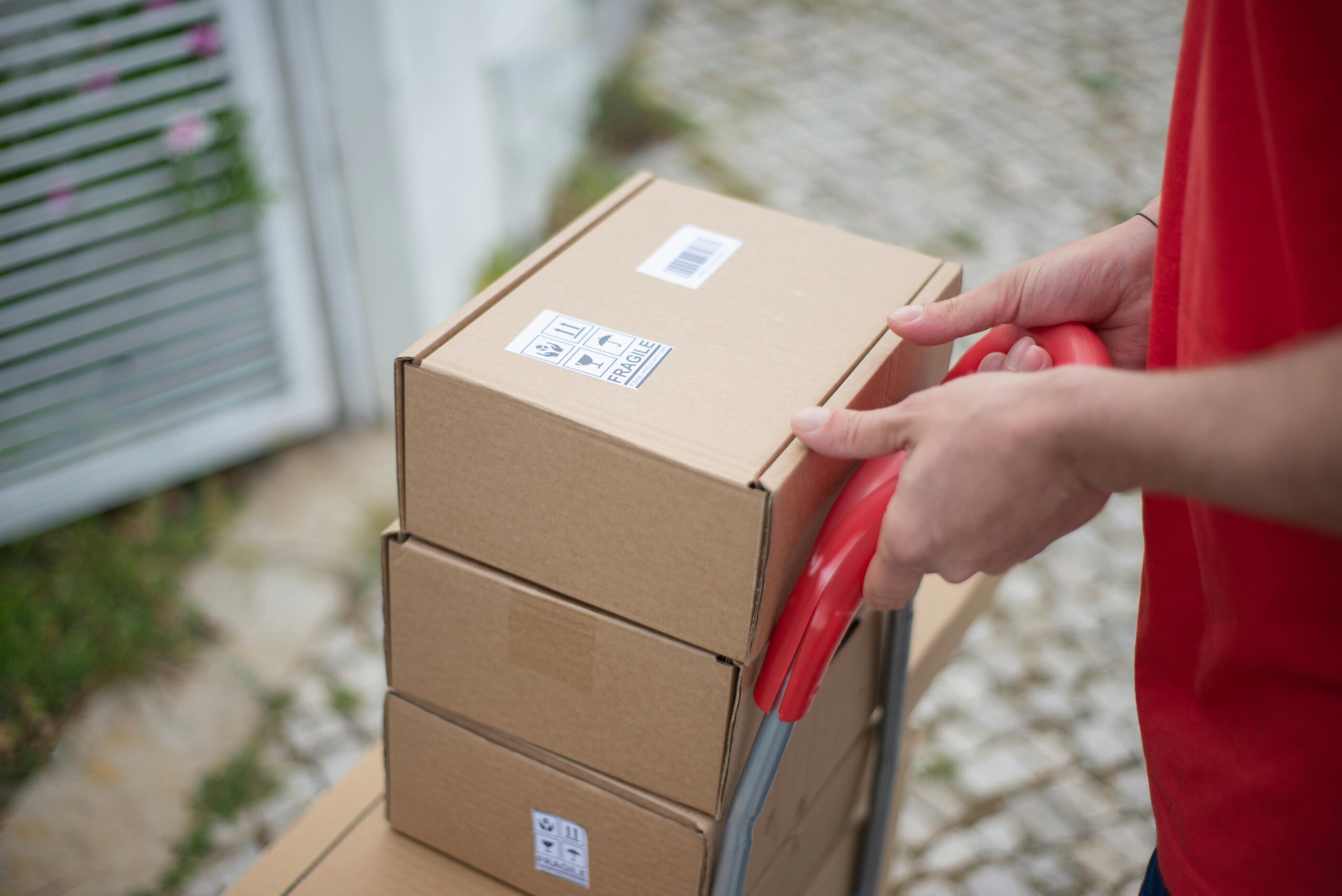Ever wondered how to send documents internationally without delays or data loss? Maybe you’ve faced this, your office needs to send notarized paperwork to partners in Europe, while another set needs to reach Asia in three days. Sound familiar? With growing global ties, document dispatch isn’t what it used to be. Today, compliance, timelines, and precision shape the process. Mistakes cost time and money. You want to make sure your papers move fast, safely, and with proof of delivery.
Let’s break it down. From customs to carriers, from packaging to policy, there’s a lot more than just “sending mail.” If you’re a business owner, legal firm, or even a student sending originals abroad, this blog will walk you through how to send documents internationally, the right way.
Table of Contents
Toggle3 Takeaways:
- Pre-check your document type, packaging, and required paperwork.
- Use couriers that understand both US and global customs norms.
- Track, ensure, and choose express delivery when time is short.
Steps Before Sending Documents Internationally
Preparation is key when sending documents abroad. Here’s what to check first:
1. Document Type Matters
Are you sending personal, legal, or commercial papers? If it’s a contract or court paper, many nations require a notarized or apostilled copy. Personal IDs? Add a declaration that it’s not for trade.
2. Packaging Isn’t Just a Box
Your envelope or pouch must protect against moisture, heat, and pressure. For official documents, use tamper-proof bags or double-sealed covers. A4 sheets should be flat, no bends. If multi-page, bind with a clip, not staples.
3. International Courier Standards Vary
US couriers often follow FAA or ITAR norms. Europe may need GDPR-safe services. Check if the provider supports your doc type, destination, and urgency. Use track-and-trace services. You’ll want real-time updates.
A small slip at this stage can delay delivery or lead to rejection at customs. So, work out these basics before you even book a pickup.
Compliance and Customs – Don’t Get Stuck at the Border
Documents are low-weight, but not low-risk. They pass through customs checks, too. Missing one slip or wrong code? That can hold them for weeks. Here’s what to know:
| Country | Requires Customs Form? | Needs Notarized Copy? | Usual Delivery Days | Tracking Support |
| United Kingdom | Yes | Sometimes | 2–5 | Full |
| India | Yes | Often | 3–7 | Partial |
| Canada | Yes | No | 2–6 | Full |
| UAE | Yes | Yes | 3–8 | Full |
| Germany | Yes | Sometimes | 2–5 | Full |
Each country has its own set of import laws. For instance, sending educational certificates to Germany? They often ask for proof it’s not a trade good. UAE? You’ll need a stamped declaration and ID proof copy.
Also, customs invoice isn’t just for goods. You must label documents as “Non-commercial” or “Paperwork – No Value.” Write a brief purpose: “Original Certificate for Visa Processing” works.
Choosing the Right Courier Partner to Send Documents International
Here’s how to judge the best option:
- Delivery Speed: Check if they offer 24–72 hour express service to your location. Some only do 5–10 days.
- Coverage Area: See if they cover all continents, not just metro cities.
- Packaging Help: Ask if they offer document-safe pouches or waterproof bags.
- Insurance Options: Not all cover document loss or delay. Read the fine print.
- Live Support: Choose firms that give 24/7 chat or call help.
- Customs Help: You’ll need it if forms or declarations go wrong.
- Past Records: Look for an error-free delivery ratio in international shipments.
Each factor affects your success rate. And yes, cost too. But don’t pick only on price. In global shipping, speed and accuracy matter more.
Keep It Smart, Not Just Safe
So, how to send documents internationally the right way? It’s part prep, part planning, and a lot of precision. We’ve walked you through packaging, carrier choice, and customs. One mistake can cost weeks. But if you follow this guide, you’ll be good.
Want peace of mind and prompt global reach? Visit us at The International Courier Service. We know how to send documents internationally. Need more information? Just reach out.
FAQs
1. Can I send original documents by regular post overseas?
No. Regular post isn’t safe or fast. Use registered international courier services that offer tracking and delivery proof.
2. What documents can’t be sent internationally?
Some nations ban sending personal IDs, degrees, or signed contracts without notarization or approval. Always check local laws.
3. Is a customs invoice needed for sending only papers?
Yes, even paperwork must be declared. Mark it as “Non-commercial Documents” and mention the reason.
4. What if my documents are delayed or lost?
File a claim with your courier. If insured, you may get compensation. Always take a copy of what you send.
5. Do weekends or holidays affect global delivery?
Yes. Transit may pause during public holidays or customs off-hours. Add buffer days for each destination.









